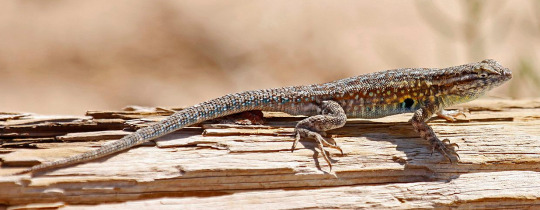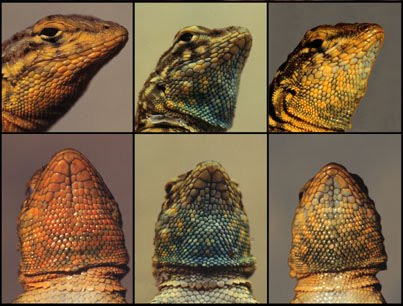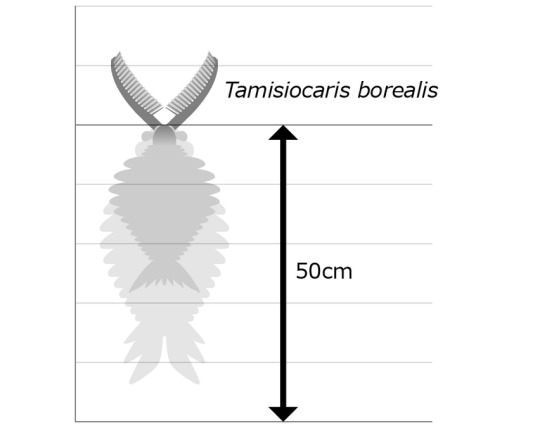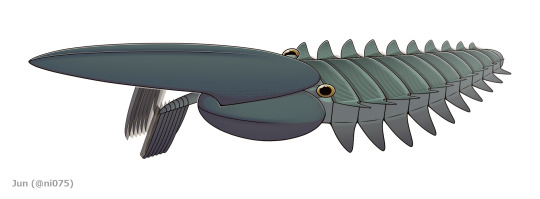A blog of art, science, and nonsense
Last active 60 minutes ago
Don't wanna be here? Send us removal request.
Text
What having an entire second set of jaw-closing muscles found in no other animal does to you

worms eating worms
2K notes
·
View notes
Text
ha?
every single person who reblogs this
every
single
person
will get “doot doot” in their ask box
2M notes
·
View notes
Text
Whoops, looks like this new genus wasn’t related to the others after all, how about Notharchaeopseudoparapropalaehoplophorus!

9K notes
·
View notes
Text
Is there some sort of broader phenomenon by which cultures that develop in a temperate island region on the edge of a large continent will gain a reputation for a badass warrior lifestyle, often focused on raiding, perhaps moreso than maritime cultures that develop along inland seas or in warmer climates? Off the top of my head, I'm thinking specifically of the Vikings and Haida, maybe also Japan (okay the main raiding tradition I can think of, at least before the expansionist imperial era, is the wokou—also note that much of southern Japan is subtropical, not temperate) and/or Aotearoa (though I have no idea whether raiding was a regular feature of Maori culture, and I also have no idea to what degree raiding was a regular feature of the more tropical Polynesian cultures north of Aotearoa)
43 notes
·
View notes
Text
The lizard with five* sexes*
Behold the common side-blotched lizard (Uta stansburiana) (picture source).

In most animal species, male and female individual (and any combinations of such, for hermaphroditism and situational sex shift are common) tend to have slightly different incentives, and thus to follow different reproductive strategies. (See flatworm penis knifefights for a particularly charming example of that.)
This rather unassuming lizard, 5 or 6 cm long and dweller of the deserts of southwestern USA and northern Mexico, takes it one step further. The males and females of this species have each split into different genetically-determined morphs, so that you could say that Uta stansburiana is a species with five sexes, or possibly two sexes and five genders.
Male side-blotched lizards come in three main forms, conveniently color-coded thanks to the bright bands on their throats. (Image from here, ultimately from the original paper) Throat color, and all associated phenotype and behavior, is genetically determined, highly inheritable, and controlled by the concentration of testosterone in blood.

Orange-throated males, the highest-testosterone morph are the largest and most aggressive. They defend large territories, and gather all females they found in a harem that they protect fiercely. Blue-throated males have a lower concentration of testosterone; they guard smaller territories and only mate with a single female, with whom they spend most of the time. Yellow-throated males have the least testosterone of all; they closely resemble adult females, hold no territory at all, and prefer to mate sneakily with unattended females.
(Females are also divided in two morphs: orange-throated ones produce more, smaller eggs, while yellow-throated ones produce fewer, larger eggs. The latter are favored when population density is higher. However, the differences are not so dramatic as between male morphs.)
Do you see the logic? Rock crushes scissors, but is enveloped by paper. Paper envelop rock, but is cut by scissors. Scissors cut paper, but are crushed by rock.
Oranges are the strongest morph; they can take all the territory they want. They can easily beat up the weaker Blues, chase them away, and add their mates to their own harem. However, they can only pay so much attention to each individual female in the harem. Consequently, they are easily cuckolded by Yellows, who show up in an Orange’s harem as soon as he’s looking away.
Yellows can easily pretend to be females to enter an Orange’s harem, and mate with all the actual females in the surroundings. However, this trick doesn’t work with a Blue, who has only one mate that he knows well and carefully keeps track of.
Blues pay enough attention to their one mate to never be fooled by Yellow infiltrators. However, they are easy prey for the bigger and stronger Oranges.

According to the original 1996 paper, Blues were dominant in 1991, but crashed in the following years as Oranges seized their territories. Oranges peaked in 1992, only to lose their gains to Yellow infiltrators in 1993. By 1995, the more guarded Blues had taken over once again. All three morphs thrive in their own niche, and the circle goes around forever, each genotype unable to dominate both competitors. Only in some isolated populations the (I presume) accidental loss of one morph has allowed one to take over completely.
I think it would be neat to see something like this in a speculative sophont.
239 notes
·
View notes
Text
After carcinization and anteaterization, let's hear it for whaleification:

Tamisiocaris borealis (Middle Cambrian, 30-50 cm): a Radiodont, related to Anomalocaris, filter-feeding with its anterior appendages

Aegirocassis benmoulai (Early Ordovician, 2 meters): another Radiodont

Titanichthys agassizi (Late Devonian, at least 4 meters): a Placoderm, a group of armored early jawed fish

Shastasaurus sikanniensis (Late Triassic, up to 20 meters): an early Ichthyosaur (possibly suction feeder of soft preys, not quite a filter feeder)

Leedsichthys problematicus (Late Jurassic, 15 meters, possibly more): bony fish of the extinct order Pachycormiformes

Manta birostris (from the Miocene, up to 9 meters): the giant manta ray, a cartilaginous fish

Cetorhinus maximus (from the Miocene, 8-10 meters): the basking shark, another cartilaginous fish

Eubalaena borealis (baleen whales from the Miocene, 13-18 meters): right whale, a mammal
35 notes
·
View notes
Note
why bother caring about the environment when 1. It’s so obviously a lost cause and 2. There’s definitely going to be a nuclear war?
And what are you doing about it Anon? Learn about ecological restoration or get out of my way.
25K notes
·
View notes
Text
Spin this wheel first and then this wheel second to generate the title of a YA fantasy novel!
(If the second wheel lands on an option ending with a plus sign, spin it again)
Share what you got!
28K notes
·
View notes
Text
So, fun fact about the skinned FurReal pony - I got the ID wrong, but only because Smores and Butterscotch's necks are semi-fixed in position, and I didn't think to google if the image I had of Butterscotch was mirrored.
The skinned horse IS Butterscotch, not Smores, but all of that's besides the point.
The reason I'm making this post is that y'all need to know that they skinned Butterscotch to turn her into a flamethrower

14K notes
·
View notes
Text
just found out in medieval france, having a lion on your coat of arms was so prevalent that there was literally a colloquial proverb to clown on knights for being basic and not having a real coat of arms. the hate game was so strong back then. imagine medieval hate anons
14K notes
·
View notes
Text


when me and my boyfriend make meals we have a tradition of sending each other unappetising off-centre photographs of them in poor lighting. we call this "wikipedia food".
15K notes
·
View notes
Text
43K notes
·
View notes
Text
rip to all the “fuckyeah___” blogs that carried our society at one point </3
296K notes
·
View notes
Text
When I (M29) was a young boy (M7) my father (M35) took me into the city (X167) to see a marching band (M23, M21, M22, F22, M24, M25, F21, M
51K notes
·
View notes

